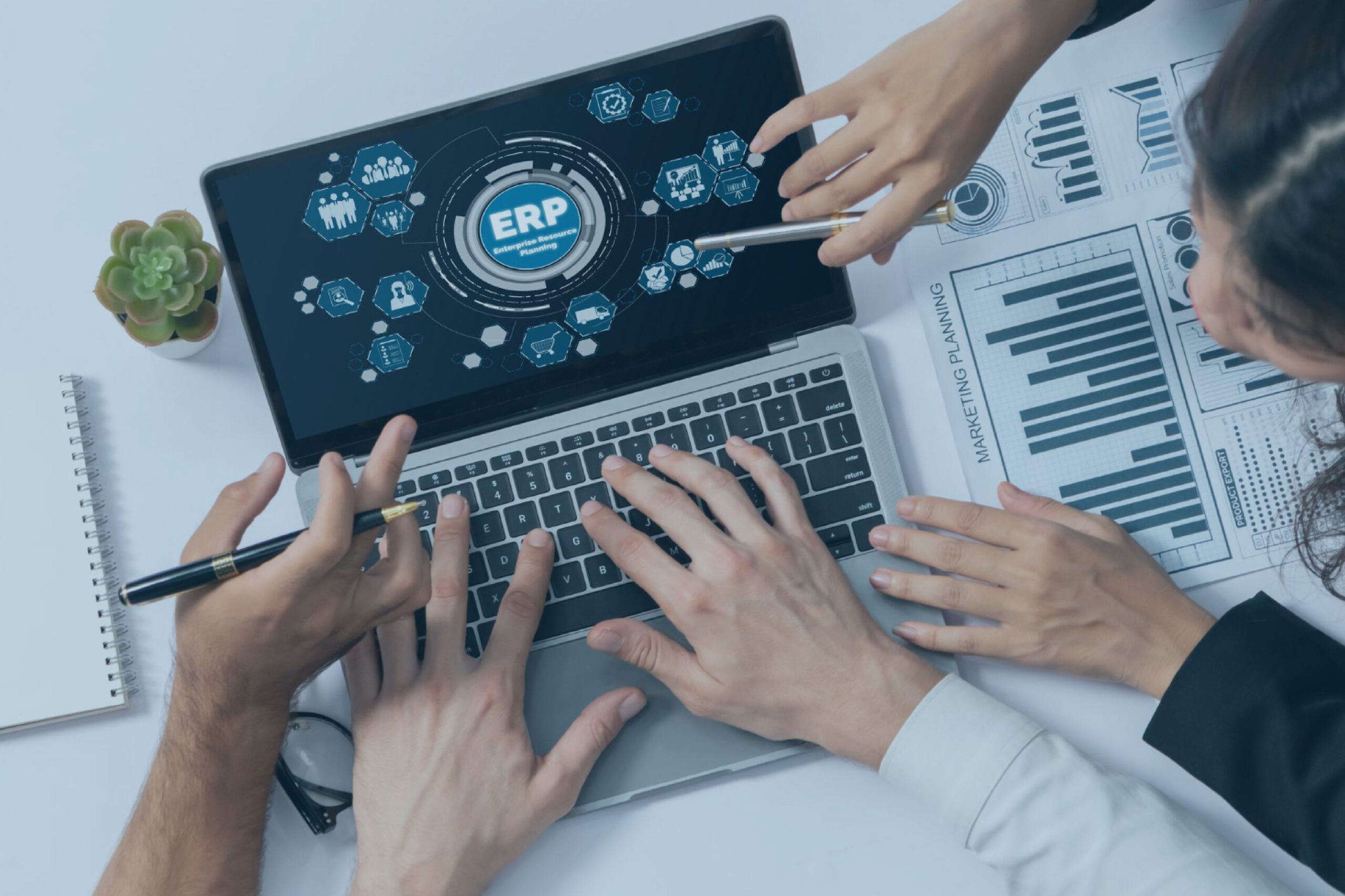The textile industry is among the most dynamic and competitive sectors in the world. From sourcing raw materials to manufacturing, distribution, and sales, textile companies have to concurrently manage quite a number of operations. For survival in such an ultra-modern setting, a company needs a well-tuned system that can streamline its operations, enhance productivity, and foster growth. It is here that ERP solutions for textile companies come in.
Enterprise Resource Planning (ERP) systems offer integrated systems to manage all functions in a textile business. These solutions deliver business workflow automation, cost reduction, and enhanced decision-making capabilities. This article discusses the ability of Textile ERP solutions for textile companies to drive growth, efficiency, and ultimately business performance.
Challenges Faced by Textile Companies
Many challenges impede the textile industry’s efficiency and profitability. They are:
- Complex Supply Chain Management: Supply chain management consists of various operations in a complex environment, making the textile industry quite demanding in that it requires tracking raw materials, production processes, and inventories in different locations.
- High Production Costs: With the ever-increasing prices for raw materials, labor, and energy, any producer’s ability to make a profit in the textile arena will become hard. Companies will have to start considering alternatives to utilize resources at the most efficient rates while being cost-effective.
- Quality Control Issues: It is essential to maintain consistent product quality to satisfy customers, yet manual quality control can take time and is error-prone.
- Regulatory Compliance: It is essential for textile companies to comply with the regulations that encompass environmental laws, labor policies, and safety regulations.
- Inefficient Inventory Management: Financial losses may arise from overstocking and understocking of raw materials or finished goods. Proper management of inventories is essential to allow free-flowing operations.
- Demand Forecasting and Market Trends: Market demand fluctuations hinder the effective planning of production and sales for textile companies.
How Textile ERP Solutions Address These Challenges?
Implementing an ERP solution for textile companies will be a true game-changer. ERP systems integrate numerous business functions into one platform, thus providing real-time visibility and control of the operations. Below are some key advantages of ERP systems in the textile industry.
Streamlined Supply Chain Management
ERP systems allow textile companies to manage their supply chains effectively. With ERP solutions, raw materials, production schedules, and finished goods are tracked in real-time for timely deliveries while minimizing delays.
Cost Reduction and Resource Optimization
Through ERP systems, textile companies can monitor expenses, optimize resource use, and minimize wastage. The automation of processes saves them from needless manual interventions, allowing companies to save costs.
Enhanced Quality Control
ERP solutions have integrated quality control features that help textile companies maintain product standards. Defective products get flagged through automated quality checks early in production.

Regulatory Compliance and Reporting
ERP systems keep track of compliance and regulations that are relevant to the industry. Automated documentation and reporting help companies adhere to laws, thus avoiding penalties.
Efficient Inventory Management
ERP solutions optimize textile companies’ inventory levels by tracking stock movements in real-time. This avoids shortages of stock and excess inventories to facilitate smooth production and sales operations.
Accurate Demand Forecasting
ERP solutions use data analytics and AI to perfect their prediction of market requirements. Consequently, it becomes easier for textile companies to plan production schedules and allocate resources.
Features of Textile ERP Solutions
When deciding on an Textile ERP solutions for companies, businesses require the following:
Production Planning and Control
It’s a good ERP system for managing and monitoring activities in the manufacture, allowing all the manufacturers to maximize utilization of resources in the delivery of a product right on time.
Inventory and Warehouse Management
ERP software works for better management of raw materials and inventory in progress or finished goods while tracking stock levels to avoid loss and excess inventory.
Financial Management
All that is involved in the financial operations like accounting, budgeting, and cost analyses, can be integrated into one ERP system. This will bring real-time insight into the profit-earning capacity and the financial position.
Supply Chain and Vendor Management
The supply chain and vendor management is a module that is built-in into the ERP solutions to bring seamless integrations to suppliers and vendors. Thus, it is easy for companies to monitor the performance of suppliers and track shipments for the timely procurement of raw materials.
Customer Relationship Management (CRM)
Textile companies manage their customer interaction and ordering with excellent service for its customers through a built-in Customer Relationship Management (CRM) module.
Business Intelligence and Analytics
All ERP solutions are bundled with extensive reporting and analytics tools that help organizations in informed decision-making based on data and trend analysis for market developments.
Compliance and Sustainability Management
A good ERP system caters to industries with respect to compliance with the industry’s regulations and sustainability, as well as labor laws.
Features of Prismatic ERP
Comprehensive Production Management – Monitor and control every stage of the production cycle.
- Advanced Inventory Control – Optimize stock levels and track materials in real time.
- Financial and Accounting Module – Ensure accurate financial tracking and reporting.
- Automated Quality Control – Maintain high product standards with built-in quality assurance features.
- Real-Time Analytics and Business Intelligence – Gain actionable insights to make data-driven decisions.
- Multi-Location and Multi-User Access – Manage multiple factories and users with ease.

